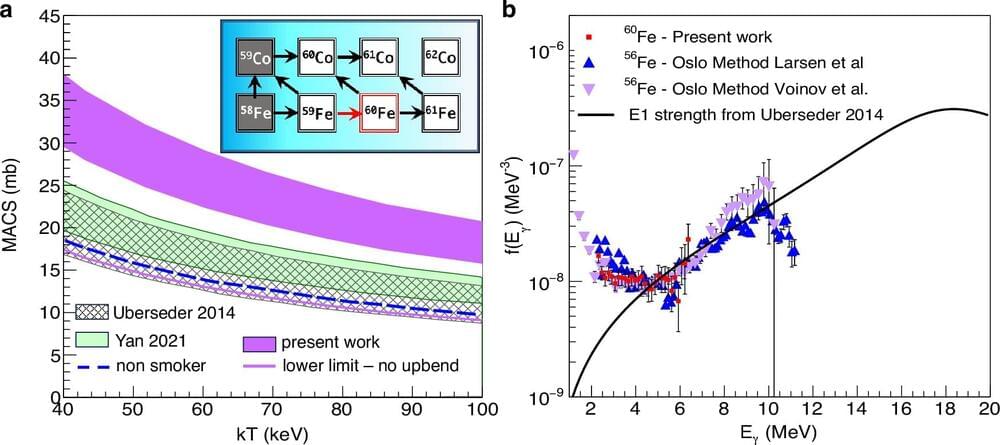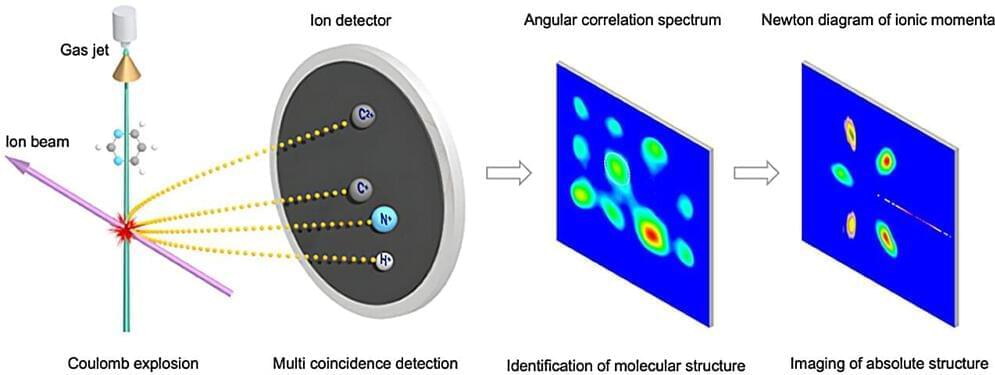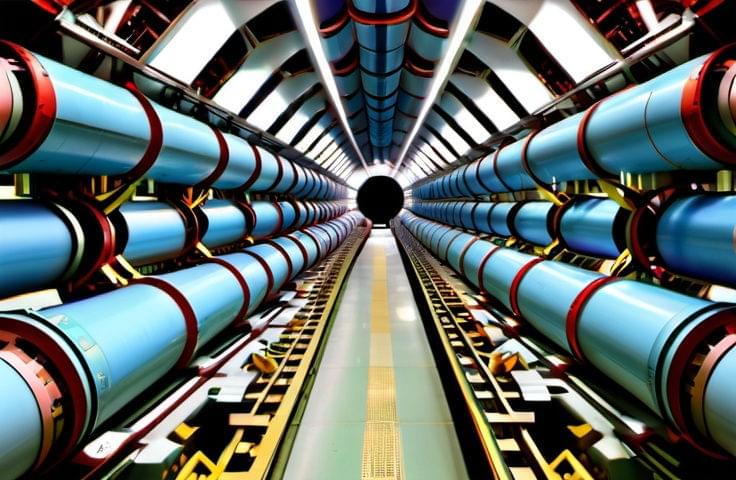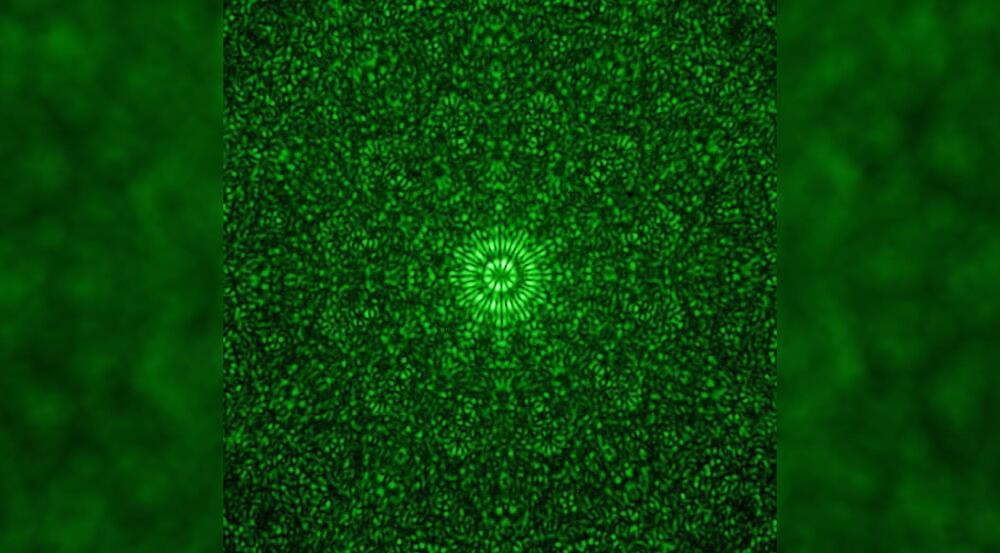An international team of researchers has uncovered evidence that astrophysics models of massive stars and supernovae are inconsistent with observational gamma-ray astronomy.



A new study published in Physical Review Letters and led by researchers from the Institute of Modern Physics (IMP) of the Chinese Academy of Sciences (CAS) has demonstrated that a Coulomb explosion induced by highly charged ions is a unique tool for precisely imaging the structures of complex molecules.
MIT CSAIL researchers have developed a generative AI system, LucidSim, to train robots in virtual environments for real-world navigation. Using ChatGPT and physics simulators, robots learn to traverse complex terrains. This method outperforms traditional training, suggesting a new direction for robotic training.
A team of roboticists and engineers at MIT CSAIL, Institute for AI and Fundamental Interactions, has developed a generative AI approach to teaching robots how to traverse terrain and move around objects in the real world.
The group has published a paper describing their work and possible uses for it on the arXiv preprint server. They also presented their ideas at the recent Conference on Robot Learning (CORL 2024), held in Munich Nov. 6–9.
Getting robots to navigate in the real world at some point involves teaching them to learn on the fly, or by training them with videos of similar robots in a real-world environment. While such training has proven to be effective in limited environments, it tends to fail when a robot encounters something novel. In this new effort, the team at MIT developed virtual training that better translates to the real world.


It turns out that the evolution of the most violent collisions between nuclei, as they are studied at the Large Hadron Collider at CERN, depends on the initial conditions, namely the geometry and shape of the colliding nuclei, which are in their ground state. More surprisingly, this insight also allows us to determine properties of the colliding nuclei that cannot easily be studied by other methods.
The researchers have predicted how the shape changes and fluctuations of the colliding nuclei will influence the outcome of extreme high-energy conditions. This paves the way for further studies which will yield a better understanding of the dynamic behavior of nuclei. An article on the results has been published in Physical Review Letters.
The predictions are theoretical but based on an experiment at the world’s leading physics research center, CERN, Switzerland.




Scientists recently reported a monumental discovery in astrophysics: the detection of low-frequency gravitational waves. This breakthrough was made by NANOGrav (North American Nanohertz Observatory for Gravitational Waves), which released findings in The Astrophysical Journal Letters. These waves, predicted by Einstein, are generated when massive objects like supermassive black holes interact, creating cosmic ripples across spacetime. For the first time, researchers have managed to “hear” these background vibrations of the universe, likened to the faint, low hum in a cosmic orchestra. This detection not only broadens our understanding of gravitational waves but also opens up a new chapter in studying the universe’s largest objects and events.

With their slender tails, human sperm propel themselves through viscous fluids, seemingly in defiance of Newton’s third law of motion, according to a recent study that characterizes the motion of these sex cells and single-celled algae.
Kenta Ishimoto, a mathematical scientist at Kyoto University, and colleagues investigated these non-reciprocal interactions in sperm and other microscopic biological swimmers, to figure out how they slither through substances that should, in theory, resist their movement.
When Newton conceived his now-famed laws of motion in 1686, he sought to explain the relationship between a physical object and the forces acting upon it with a few neat principles that, it turns out, don’t necessarily apply to microscopic cells wriggling through sticky fluids.